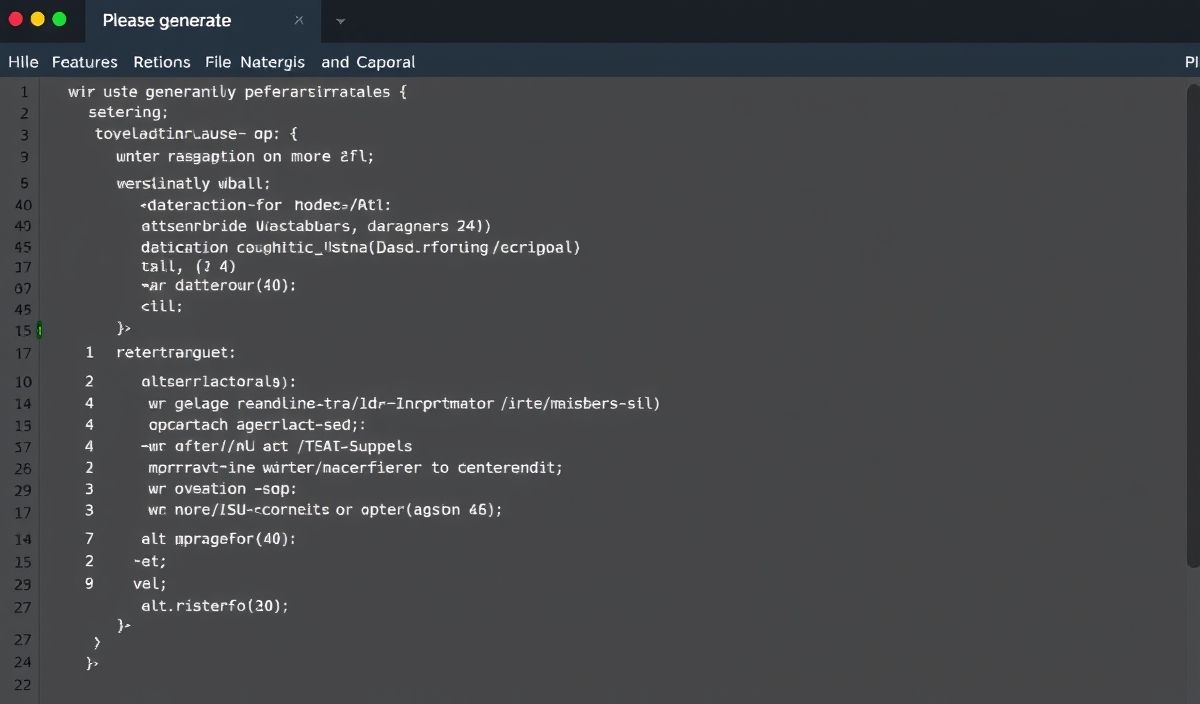Introduction to Caporal
Caporal is a full-featured framework for building command-line applications in Node.js. It provides a simple API for defining commands, arguments, options, and interacting with users via the terminal. Caporal makes it easy to create powerful and user-friendly CLI tools.
Setting Up Caporal
npm install @caporal/core
Creating Your First Command
Let’s create a simple command that greets the user.
const { program } = require('@caporal/core');
program
.command('greet', 'Greet a user')
.argument('', 'User name')
.action(({ args }) => {
console.log(`Hello, ${args.name}`);
});
program.run();
Adding Options to Commands
Options allow users to customize the behavior of commands.
program
.command('greet', 'Greet a user')
.argument('', 'User name')
.option('--uppercase', 'Uppercase the name')
.action(({ args, options }) => {
let name = args.name;
if (options.uppercase) {
name = name.toUpperCase();
}
console.log(`Hello, ${name}`);
});
program.run();
Defining Multiple Commands
program
.command('greet', 'Greet a user')
.argument('', 'User name')
.action(({ args }) => {
console.log(`Hello, ${args.name}`);
});
program
.command('bye', 'Farewell a user')
.argument('', 'User name')
.action(({ args }) => {
console.log(`Goodbye, ${args.name}`);
});
program.run();
Prompting for Input
Sometimes you need to prompt the user for input during the execution of a command.
program
.command('ask', 'Ask a question')
.action(async () => {
const response = await program.prompt('What is your name?');
console.log(`Hello, ${response}`);
});
program.run();
Handling Errors
program
.command('error', 'Trigger an error')
.action(() => {
throw new Error("This is an error example");
});
program.run().catch(err => {
console.error("An error occurred:", err.message);
});
A Complete Example Application
Let’s put it all together and create a simple CLI application with multiple commands and options.
const { program } = require('@caporal/core');
program
.command('greet', 'Greet a user')
.argument('', 'User name')
.option('--uppercase', 'Uppercase the name')
.action(({ args, options }) => {
let name = args.name;
if (options.uppercase) {
name = name.toUpperCase();
}
console.log(`Hello, ${name}`);
});
program
.command('bye', 'Farewell a user')
.argument('', 'User name')
.action(({ args }) => {
console.log(`Goodbye, ${args.name}`);
});
program
.command('ask', 'Ask a question')
.action(async () => {
const response = await program.prompt('What is your name?');
console.log(`Hello, ${response}`);
});
program
.command('error', 'Trigger an error')
.action(() => {
throw new Error("This is an error example");
});
program.run().catch(err => {
console.error("An error occurred:", err.message);
});
Caporal provides many more features and customization options. Explore the documentation to learn more about creating complex CLI applications.
Hash: b4f754ba37601327e7fbbc17a2b4be4c202ee18e70a2fb4d6c0441650f5033df




